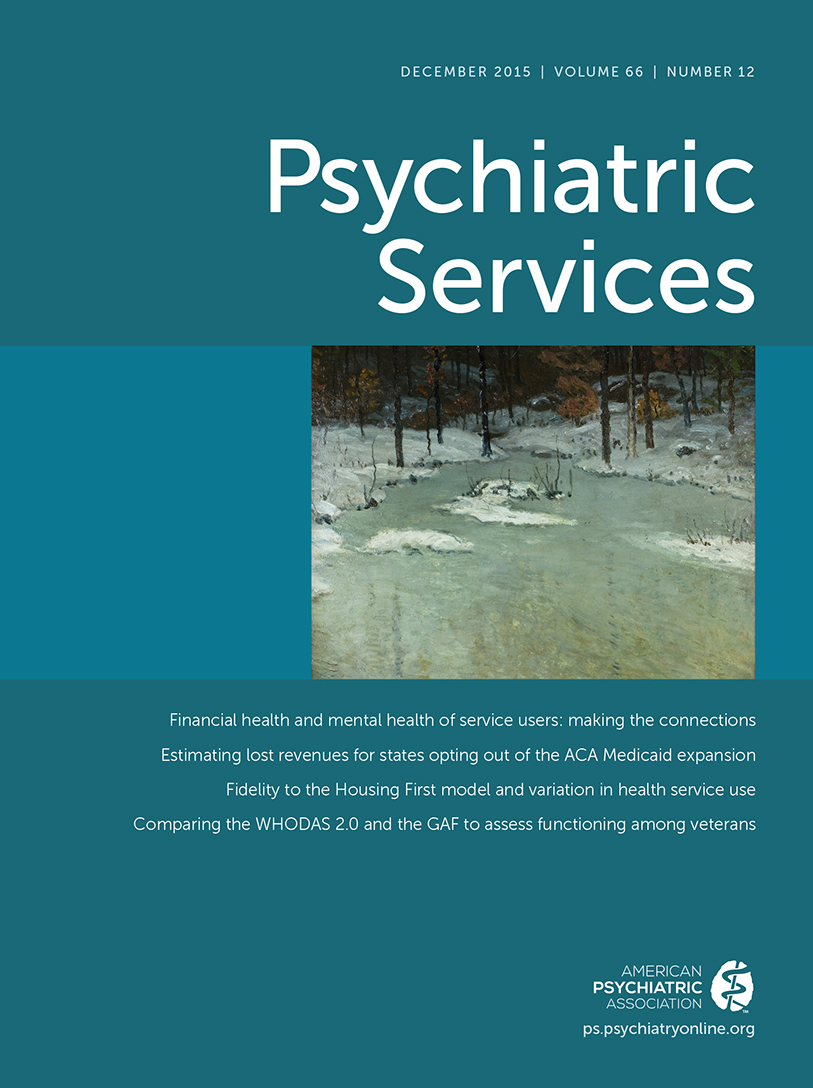Practices of Depression Care in Home Health Care: Home Health Clinician Perspectives
Abstract
Objective:
The study assessed gaps between published best practices and real-world practices of treating depression in home health care (HHC) and barriers to closing gaps.
Methods:
The qualitative study used semistructured interviews with nurses and administrators (N=20) from five HHC agencies in five states. Audio-recorded interviews were transcribed and analyzed by a multidisciplinary team using grounded theory method to identify themes.
Results:
Routine HHC nursing overlapped with all functional areas of depression care. However, gaps were noted between best and real-world practices. Gaps were associated with perceived scope of practice by HHC nurses, knowledge gaps and low self-efficacy in depression treatment, stigma attached to depression, poor quality of antidepressant management in primary care, and poor communication between HHC and primary care clinicians.
Conclusions:
Strategies to close gaps between typical and best practices include enhancing HHC clinicians’ knowledge and self-efficacy with depression treatment and improving the quality of antidepressant management and communication with primary care.



